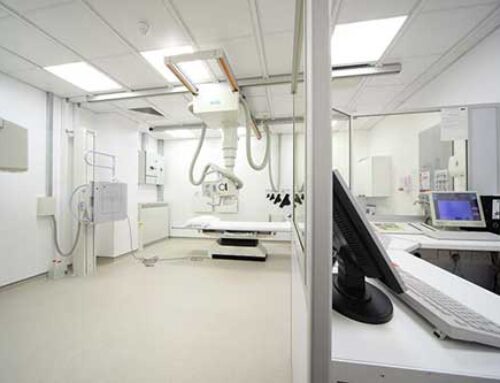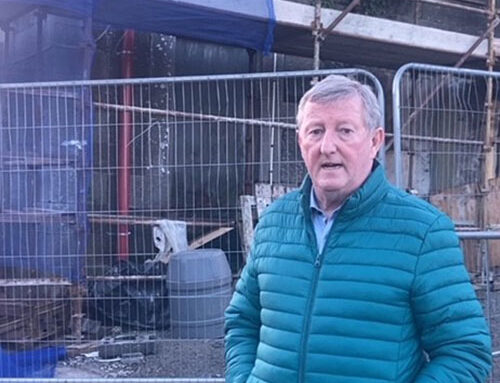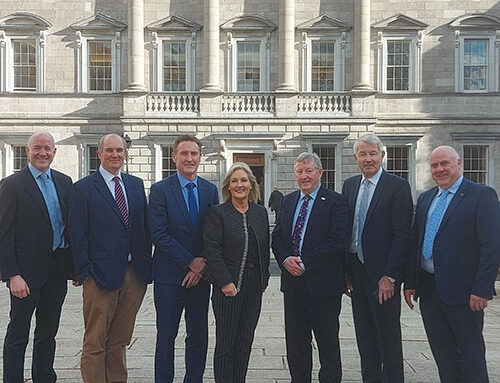This week I welcomed the publication of official data on overseas travel for 2017 from the Central Statistics Office (CSO), which showed an increase of 3.6% in overseas visits to Ireland for 2017 compared to 2016.
‘Figures released by the CSO confirm that 2017 has been a record-breaking year for overseas visits to Ireland, with 9,932,100 visits to Ireland. This is a fantastic achievement given that 2016 was an exceptional year in its own right and, also, in view of the fall in visitor numbers from our largest market, Great Britain.
Looking to this year, the additional €2 million secured in the Budget 2018 for investment in digital infrastructure will underpin Tourism Ireland’s efforts to reach more people through their online marketing campaigns. Funding allocated to Fáilte Ireland will help to further develop the product offering, including a new brand for the Midlands, East Galway, and the Wild Atlantic Region, while the publication of a strategy for the future development of Greenways will set out a framework by which we can develop more of these wonderful attractions around the country.
Furthermore, the retention of the 9% VAT rate will help the sector to stay competitive. Retaining competiveness is vital for the industry, particularly as we try to grow new markets. In this context, the recent announcement by the Minister for Justice and Equality that nationals from the United Arab Emirates will not be required to obtain visas to visit Ireland will provide a great boost to Tourism Ireland’s promotional efforts in that market.
‘At the beginning of every year the clock is reset to zero and everyone involved in the tourism industry has to set out to win business all over again. If we are to sustain the impressive growth of previous years, we will need to continue to invest in visitor attractions and experiences; we will need to ensure that our offering on the ground appeals to those overseas markets with best potential; and crucially, tourism businesses will need to maintain their competitiveness in a world of volatile exchange rates and strong consumer preferences for value for money.’
Record year for overseas visitors
By Sean Canney|
2018-02-05T15:46:21+00:00
February 5th, 2018|Blog, Galway East, Homepage, Latest News, National, Tourism|0 Comments





